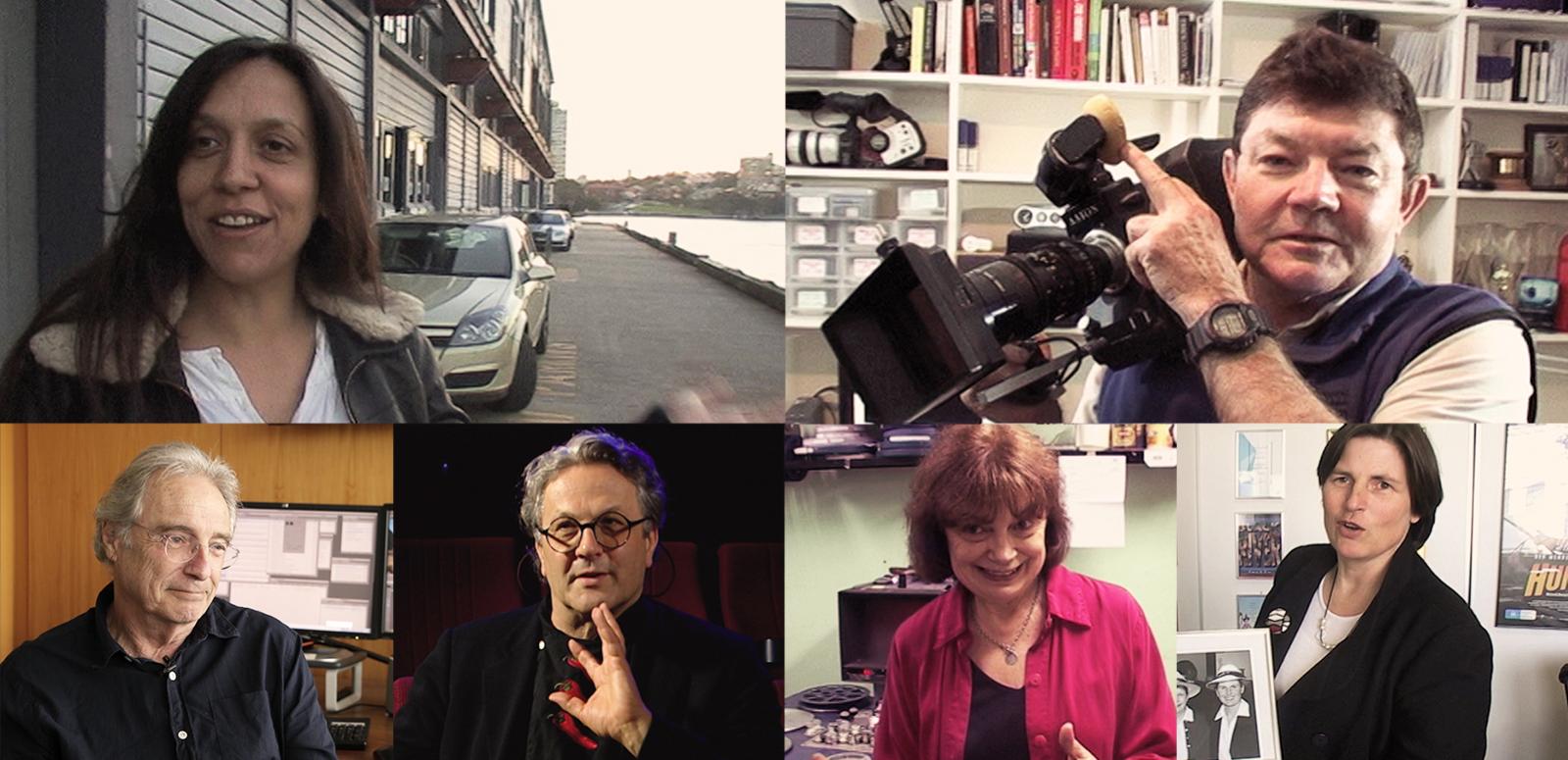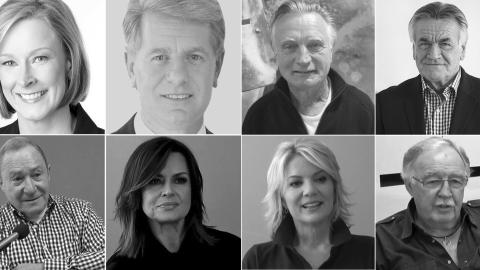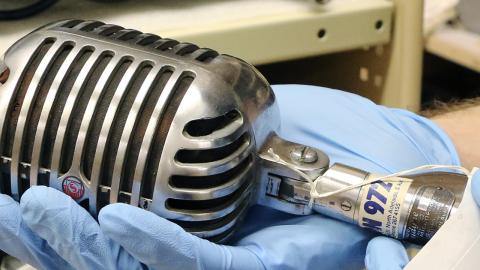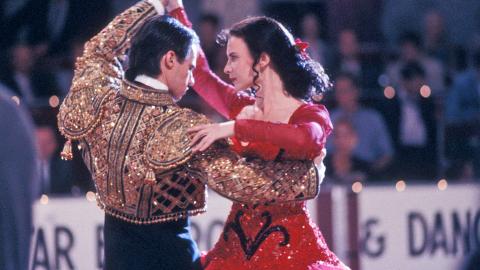

Filmmaker Interviews
Filmmaker Interviews
In addition to preserving Australia’s filmmaking past and present, the NFSA also recognises the importance of learning from filmmakers themselves.
In this series of interviews, some of Australia’s most influential film directors, producers and writers speak about their filmmaking journeys, discuss the importance of film preservation and share their advice for the next generation of Australian filmmakers.
WARNING: this collection may contain names, images or voices of deceased Aboriginal and Torres Strait Islander people.
The National Film and Sound Archive of Australia acknowledges Australia’s Aboriginal and Torres Strait Islander peoples as the Traditional Custodians of the land on which we work and live and gives respect to their Elders both past and present.


